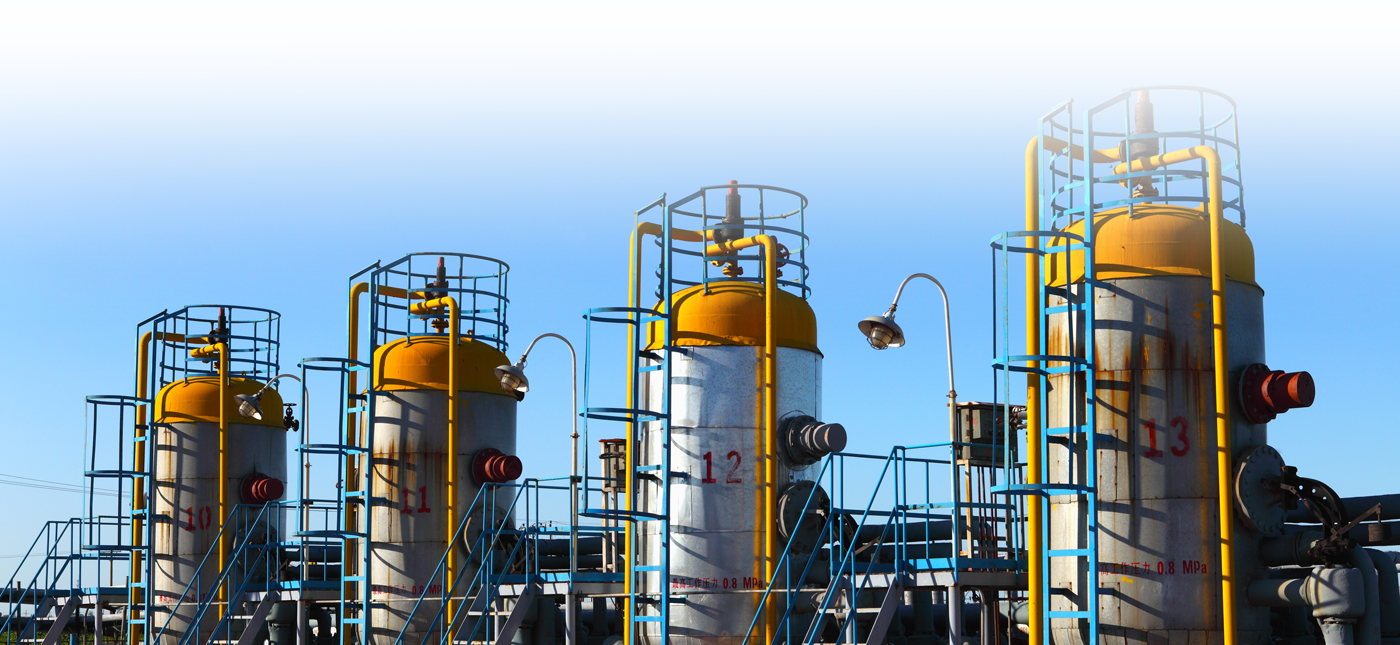Torsional Vibration
Torsional Natural Frequencies: Measurement vs. Prediction
Paper No. 101
By Qingyu Wang, Troy D. Feese, and Brian C. Pettinato
Presented at the 41st Turbomachinery Symposium
Houston, TX, Sept. 24-27, 2012
Excessive torsional vibration can cause damage or failure to rotating equipment trains thereby resulting in costly shutdowns. A comprehensive torsional vibration analysis is the typical method of designing a torsional system that avoids such problems. Requirements of a torsional system design are commonly based on the API Standards (API 617, 2002 and API 684, 2005). These standards require torsional natural frequencies (TNFs) to have at least 10% separation margin (SM) from any excitation frequency. If the recommended SM cannot be achieved, then the torsional system design must be shown to be acceptable by stress analysis. The validity of the predicted TNF and any stress analysis is dependent on the accuracy of the model. Some degree of uncertainty is always present within the analytical data, the modeling techniques, and the assumptions for excitation and damping. This paper provides an uncertainty study of more than ten (10) torsional systems. Major sources of uncertainty in torsional modeling are identified. The effect of variation in mass-elastic data is examined, and a comparison between measured and predicted TNFs for numerous cases is presented. Based on the studies and measurements, a reasonable SM range is presented, and 5% SM for measured TNFs is proposed.
Download PDF
